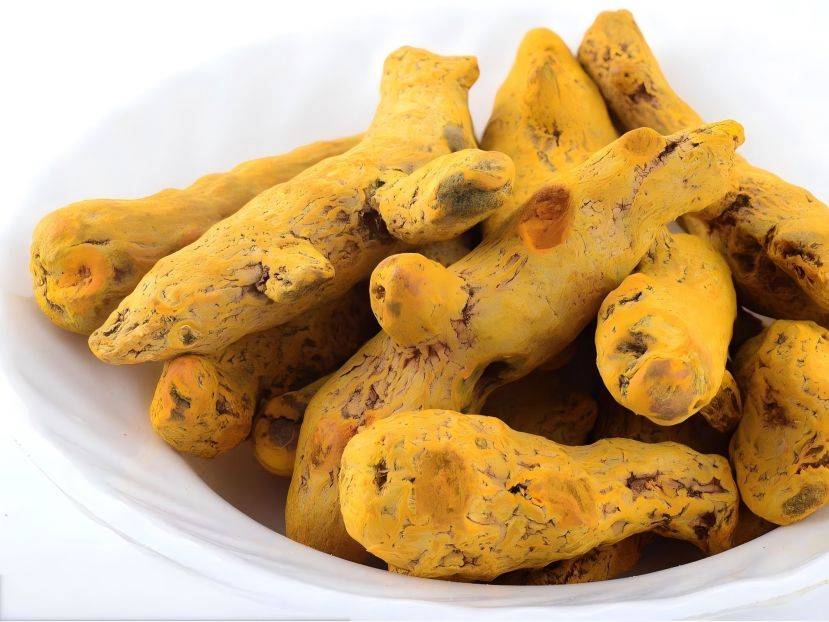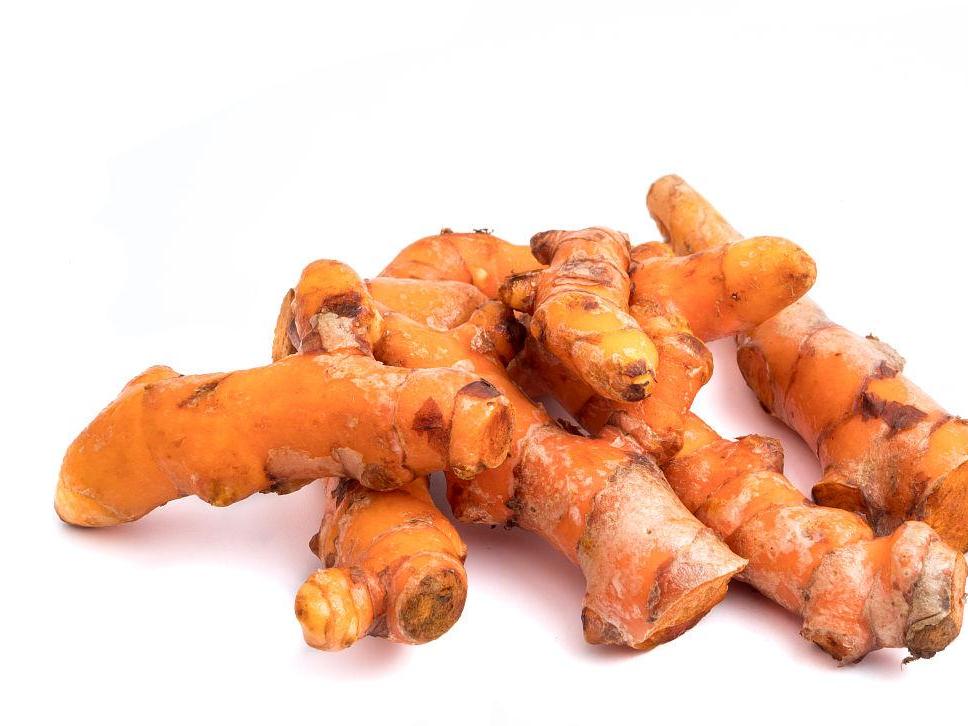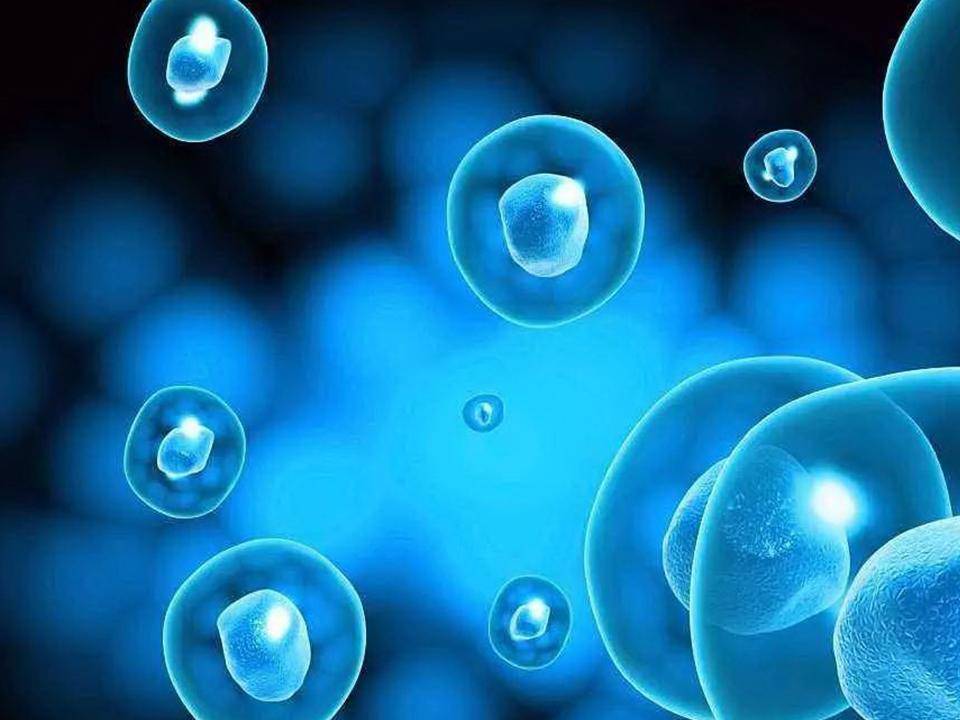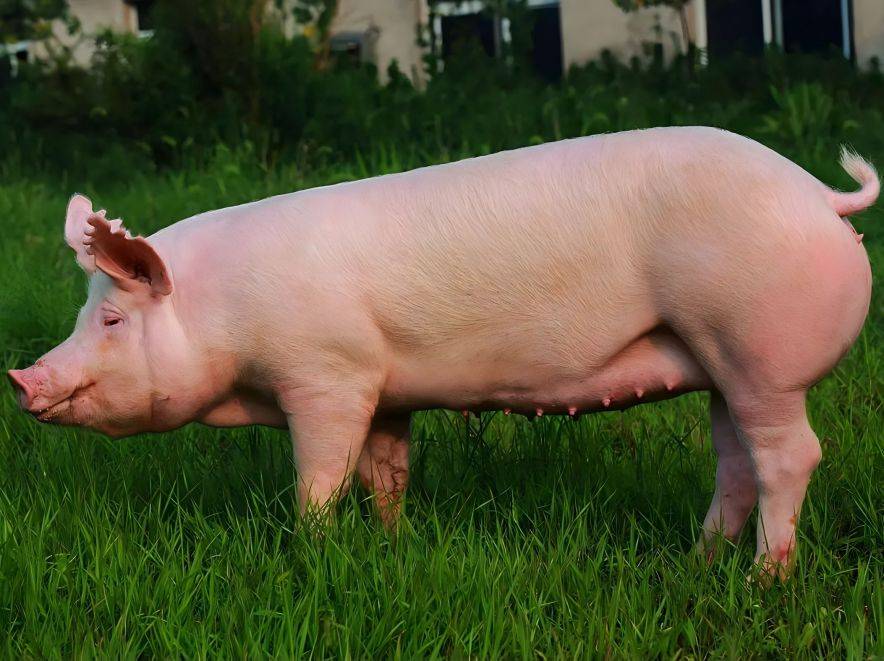Study on the Use of Turmeric Powder in Feed Additive
Curcumin is a yellow acidic phenolic substance extracted from the rhizomes of turmeric, ginger, turmeric, and tulip. It is the main active ingredient in turmeric that exerts pharmacological effects. It is mainly produced in tropical and subtropical countries such as Japan, India, and China, and its application history has more than 6,000 years. Turmeric extract has various physiological functions such as protecting the intestinal mucosa, anti-oxidation, anti-inflammation, antibacterial, lipid-lowering and immune regulation. At the same time, due to its stable color and low toxicity, it is widely used in food additives, cosmetics, medicine and textile dyeing. In recent years, curcumin has achieved certain results as a natural feed additive. This article mainly reviews the physical and chemical properties, physiological functions and application of curcumin in animal feed.
1. Physicochemical properties of curcumin
Curcumin is a yellow, slightly acidic diphenylheptane substance that is a collective term for the yellow pigments in turmeric. It is a mixture of curcumin, demethoxycurcumin and bisdemethoxycurcumin. It is composed of approximately 70% curcumin, 10% to 20% demethoxycurcumin and 10% bisdemethoxycurcumin [1]. Curcumin is an orange-yellow crystalline powder with a slightly bitter taste. Its molecular formula is C21H20O6, relative molecular mass 368.39, melting point 180~ 183 ℃. It is insoluble in water, soluble in ethanol and propylene glycol, easily soluble in glacial acetic acid and alkali solution, reddish brown under alkaline conditions, and yellow under neutral and acidic conditions. Its chemical structure contains two o-methylated phenols and a β-diketone functional group. This structural feature is highly related to its various biological activities and even toxic effects [2].
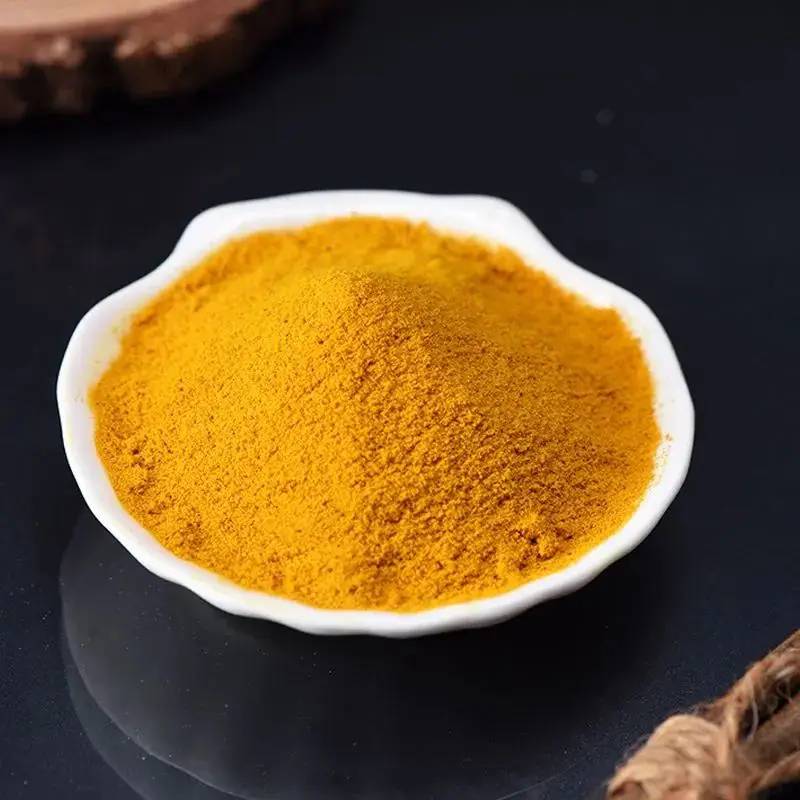
2. Curcumin's physiological functions
2.1 Protective effect on the intestinal mucosal barrier
The intestinal mucosal barrier consists of mechanical, biological, chemical and immune barriers. A complete intestinal mucosal barrier can effectively prevent the invasion of pathogens and maintain the internal environment of the body relatively stable [3]. The causes of damage mainly include the decline of intestinal mucosal support, the destruction of intestinal mucosal tissue structure (stress, inflammation, severe trauma, infection, injury, etc.) and the increase of permeability. Curcumin, as a natural active substance, can effectively improve the intestinal mucosal barrier.
Wang's research shows that curcumin can improve the damage to the tight junctions and intestinal mucosal barrier function mediated by H2O2, and reduce the expression of Occlu⁃ din and ZO-1 proteins [4]. In addition, studies have found that curcumin has a protective effect on necrotizing enterocolitis in newborn rats by inhibiting the expression of the proinflammatory factor TNF-α and the inflammatory mediator COX-2, and increasing the expression of IL-10 [5-6]. Hou Hongtao found that curcumin has a protective effect on the small intestinal mucosal barrier in rats by inhibiting the expression of NF-κB and TNF-α, thereby reducing the expression of inflammatory mediators TNF-α, IL-6, and ICAM-1 in obstructive jaundice [7]. At present, most research on the protective effect of curcumin on the intestinal mucosal barrier focuses on pharmacological basic research in mice. Therefore, the application of curcumin as a feed additive in animal husbandry production, especially in early weaning piglet syndrome, is of practical and long-term significance.
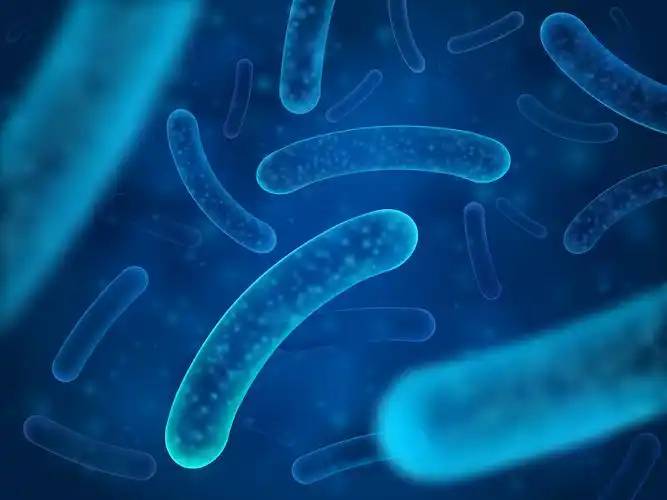
2.2 Antioxidant effect
Curcumin is an important hydrogen donor with two active sites: the phenolic hydroxyl group and the β-diketone group. These two groups can block free radical reactions. The site of action of curcumin's antioxidant activity is closely related to the reaction medium [8]. Wang Shuran et al. found that curcumin can reduce the content of lipid peroxides in the blood and liver of rats with a high-fat model, while also increasing the total antioxidant capacity of liver homogenates, the activity of superoxide dismutase and glutathione peroxidase, thereby reducing the damage to the cardiovascular system caused by lipid peroxides [9]. It has been reported that curcumin can directly scavenge free radicals in vivo, inhibit lipid peroxidation, and maintain the activity of antioxidant enzymes such as superoxide dismutase (SOD), catalase (CAT), and glutathione peroxidase (GSH-Px). Curcumin inhibits lipid peroxidation by scavenging reactive free radicals involved in the peroxidation reaction [10]. A large number of experiments have shown that adding the right amount of curcumin to feed can effectively improve the antioxidant properties of animals.
2.3 Regulation of metabolism
Curcumin exerts its effect of regulating metabolism mainly by lowering blood lipids and liver lipids. Studies have found that curcumin can inhibit the expression of the fatty acid synthase (FAS) gene, thereby regulating the distribution of fat in tissues and reducing fat deposition. Leptin can stimulate the expression of heat shock protein (HSP) and increase the activity of adenosine monophosphate-activated protein kinase (AMPK), thereby inducing the expression of genes related to fat deposition and increasing the level of fat in blood vessels. Curcumin can reduce blood lipids and fat deposition by eliminating this stimulation [11]. It also has the effect of protecting the liver and promoting bile flow. Hu Zhongze et al. believe that curcumin regulates lipid metabolism by changing the activity of enzymes related to fat metabolism in Wanjiang yellow chickens, thereby reducing fat deposition [12].
2.4 Antibacterial and anti-inflammatory effects
Curcumin has a good inhibitory effect on most bacteria, especially Bacillus subtilis, Staphylococcus aureus and Escherichia coli. Similar to non-steroidal anti-inflammatory drugs, curcumin can inhibit the production of inflammatory cells and pro-inflammatory cytokines by reducing the infiltration of neutrophils in inflamed tissues, thereby achieving an inhibitory effect on acute, subacute and chronic inflammation. Yarru et al. added 0.5% turmeric (i.e., 74 mg·kg-1 curcumin) to a diet containing 1.0 mg·kg-1 aflatoxin for broilers, which significantly improved the negative effects of aflatoxin on the performance of broilers (P<0.05).
3 Application of turmeric in feed
3.1 Application in aquatic feed
According to the physiological functions of turmeric, it has been used as a feed additive in aquaculture with good economic benefits. A large number of experiments have proved that turmeric has a good effect on promoting fish growth, improving the antioxidant capacity and digestive enzyme activity of fish, enhancing immunity and improving the color of fish, especially in the prevention of fish liver disease. Hu Zhongze et al. added curcumin at 0.02%, 0.04% and 0.06% to the basic feed of grass carp, which significantly promoted the growth of grass carp (P<0.05), and also significantly improved the feed utilization rate and the activity of intestinal protease and amylase (P<0.05)[15].
Wang Jinbo et al. found that the same method of testing large yellow croaker with the addition of 0.04% turmeric can significantly increase the average final weight, average weight gain rate and survival rate of large yellow croaker (P<0.05); it was also found that as the amount of turmeric added gradually increases, the effect on improving the body color of large yellow croaker is better [16]. At present, the prevention and control of fish liver disease is still mainly the application of antibiotics. However, the long-term use of antibiotics as feed additives not only kills pathogenic bacteria, but also kills beneficial intestinal bacteria. The abuse of antibiotics also seriously threatens food safety, and China is also gradually banning the use of antibiotics. Xiang Chaolin established a TAA liver injury grass carp model, and added yeast, curcumin, and silymarin as protective agents to the feed. The results showed that the three groups of feed had a certain repairing effect on the liver and pancreas of grass carp, but they could not completely restore the physiological state of the control group of grass carp [17]. In recent years, curcumin has been widely used as an antibiotic alternative in feed additives, and a number of patents have been applied for.
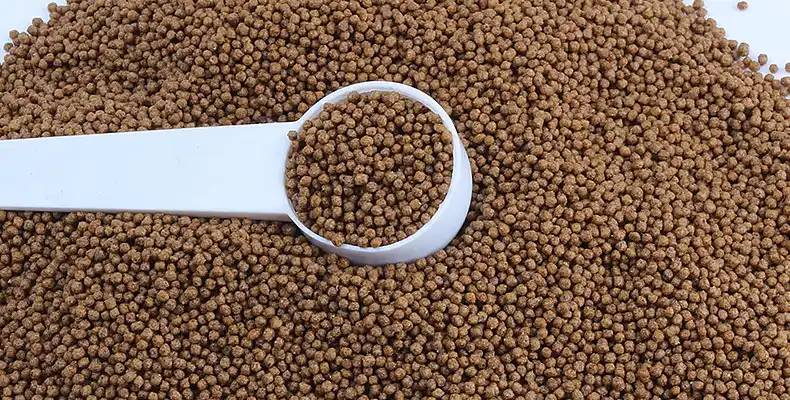
3.2 Application in chicken feed
In recent years, as people's requirements for food safety and the ecological environment continue to improve, the use of antibiotics has been strictly restricted. Therefore, the emergence of turmeric as an antibiotic alternative has brought hope for the production of green and safe chicken products. Studies have found that adding the right amount of curcumin to broiler feed can not only improve the production performance, immunity, and antioxidant capacity of broilers, but also improve lipid metabolism and improve the quality of chicken meat. Li Wanyan et al. added 1.00, 2.00, and 5.00 g·kg-1 of turmeric powder to the basic diet of fast-growing Lingnan yellow broilers, It was found that 5.00 g. kg-1 turmeric powder can significantly increase the weight gain of Lingnan yellow chickens throughout the period and reduce the feed conversion ratio and mortality rate (P<0.05). The immune organ index and the activity of SOD, CAT and GSH-Px in the serum of the test chickens were also improved, and the content of malondialdehyde (MDA) in the serum decreased [18].
Cui Yan et al. added turmeric to the basic diet of Aviagen broilers and also obtained results that improved the performance of broilers. They also found that curcumin can significantly reduce the total fat, total cholesterol (TC), triglycerides (TG), and low-density lipoprotein cholesterol (LDL-C) content of broiler serum (P<0.05), while also reducing TC and TG content, and curcumin is most suitable at a dosage of 200 mg·kg-1[19]. Han Gang et al. prepared a curcumin solid dispersion using polyvinylpyrrolidone as a carrier, and found that the same dose of curcumin solid dispersion can produce better results[20]. Liu Zhaojin et al. applied curcumin to laying hens and found that it had no significant effect on their feed intake (P>0.05), but it could significantly increase egg production (P<0.05). They also found that 150 mg·kg-1 could achieve better economic benefits [21].
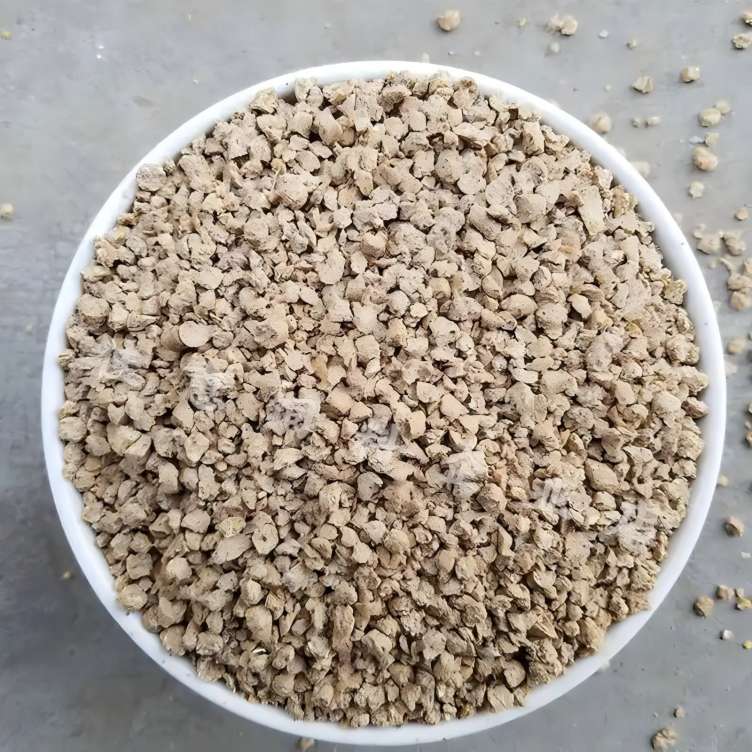
3.3 Application in pig feed
Lipid oxidation is the main cause of pork spoilage and off-flavor. Adding synthetic antioxidants to the feed can improve the antioxidant capacity of the meat, but with the increasing health awareness of the people, these synthetic compound additives are gradually being banned, and some natural agents with antioxidant properties (such as curcumin) are being used more and more. Wang Bin et al. fed turkeys a test diet with 200, 300, or 400 mg·kg-1 of added curcumin for 5 weeks. The results showed that the average daily weight gain of the 400 mg·kg-1 group was significantly higher (P<0.05) during the fattening stage, the feed conversion ratio decreased, and there was no significant difference in feed intake among the groups (P>0.05). carcass traits also improved significantly (P<0.05). Turmeric reduced the fat rate and back fat thickness, increased the lean meat rate and eye muscle area, and significantly increased the protein content of the back most long muscle (P<0.05) and significantly reduced the fat content (P<0.05)[22].
Zhu Guoqiang et al. showed that turmeric not only improves pig growth and slaughter performance, but also reduces drip loss and improves meat quality by reducing the accumulation of GP in muscles and increasing muscle pH [23]. In addition, Zhang Jing et al. found that curcumin had no adverse effect on pig health and had a positive effect on the growth performance of fattening pigs when it was used to replace quinolone in the feed of fattening pigs. They also found that the appropriate amount of curcumin added to the feed of fattening pigs in the later stage was 300 mg·kg-1 [24]. Ilsley et al. reported that that adding 200 mg·kg-1 curcumin to the basal diet of 29-day-old weaned piglets for 3 weeks had no significant effect on the piglets' production performance and immune function (P>0.05) [25]. This is related to the age of the pig and the amount added, and further research is needed.
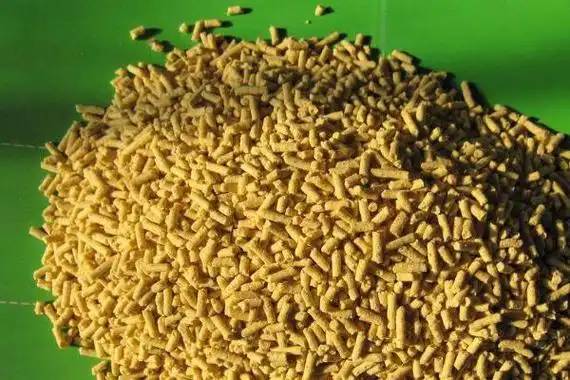
4 Summary
Turmeric, as a natural pigment, has been widely used in the food industry. However, with the continuous occurrence of diseases and the rising call for the ban of antibiotics, turmeric is playing an important role as a feed additive. Its properties in terms of animal production performance, meat quality, and disease prevention are gradually being recognized by farmers. Therefore, the development and application of turmeric is of great significance for food safety, human health, and the sustainable development of intensive farming. Turmeric can also prevent fatty liver and immune system decline in aquaculture. However, its poor water solubility makes it less effective when used in aquatic animals, which is the biggest limiting factor in its use as a feed additive in aquaculture and also a key issue that researchers need to focus on in the future.
References
[1] Peng B X, Zhou X, Wang D P, et al. Determination of the content of three curcuminoids in turmeric, galangal and saffron by HPLC [J]. Chinese Materia Medica, 2004, 27(11): 813-815.
[2] Pan M H, Huang T M, Lin J K. Biotransformation of curcumin through reduction and glucuronidation in mice[J]. Drug Metab Dis-pos, 1999, 27(4): 486-494.
[ 3 ] Bourlioux P, Koletzko B, Guarner F, et al. The intestine and its mi⁃ croflora are partners for the protection of the host[J]. Am J Clin Nutr, 2003, 78(4): 675-683.
[ 4 ] Wang Gai. Protective effect of curcumin on oxidative stress damage in intestinal monolayer epithelium [D]. Shijiazhuang: Hebei Medical University, 2010.
[ 5 ] Zhang M, Deng C S, Zheng J, et al. Curcumin regulated shift from Th1 to Th2 in trinitrobenzene sulphonic acid- induced chronic colitis [J]. Acta Pharmacol Sin, 2006, 27(8): 1 071-1 077.
[6] Jia Shenghua. Establishment of a necrotizing enterocolitis model in newborn rats and study of the mechanism of curcumin in preventing and treating it [D]. Chongqing: Chongqing Medical University, 2010.
[7] Hou Hongtao. Experimental study of the protective effect of curcumin on the intestinal mucosal barrier in rats with obstructive jaundice [D]. Shijiazhuang: Hebei Medical University, 2009.
[8] Xue Haipeng. Synthesis of curcumin derivatives and their biological activity [D]. Changsha: Central South University of Forestry and Technology, 2010.
[9] Wang Shuran, Chen Bingqing, Sun Changhao, et al. Research on the regulation of blood lipids and antioxidant effects of curcumin in rats [J]. Health Research, 2000, 29 (4): 240-242.
[10] Di Jianbin, Gu Zhenlun, Zhao Xiaodong, et al. Curcumin prevents and treats fatty liver in rats [J]. Chinese Herbal Medicine, 2010, 41 (8): 1 322-1 326.
[11] Shi Hequn, Zhou Yongkui, Xie Xiaohui. The physiological functions of curcumin and its application in the aquatic feed industry [J]. Feed Research, 2013 (6): 9-11.
[12] Hu Zhongze, Wang Like, Wen Aiyou. The effect of curcumin on the fat metabolism of Anhui yellow chickens [J]. Grain and Feed Industry, 2008 (4): 29-30, 33.
[13] Wang Xiaolan, Chen Zhengyi, Shi Hequn, et al. Research and application of curcumin in poultry [J]. Guangdong Feed, 2010, 19 (12): 24-25.
[14] Yarru L P, Settivari R S, Gowda N K S, et al. Effects of turmeric (Curcuma longa)on the expression of hepatic genes associated with biotransformation, antioxidant,and immune systems in broiler chicks fed aflatoxin[J]. Poultry Science, 2009, 88(12): 2 620-2 627.
[15] Hu Zhongze, Yang Jiufeng, Tan Zhijing, et al. Effects of curcumin on the growth of grass carp and intestinal enzyme activity [J]. Grain and Feed Industry, 2003 (11): 29-30.
[16] Wang Jinbo, Wu Tianxing. Research on the application effect of curcumin in feeds for yellow croaker [J]. Water Conservancy and Fisheries, 2007, 27(6): 105-106.
[17] Xiang Chaolin. Establishment of an experimental model for thioacetamide damage in grass carp (Ctenopharyngodon idellus) and its application [D]. Suzhou: Soochow University, 2011.
[18] Li Wanyan, Chen Guokai, Pang Musheng, et al. Effects of turmeric powder on the production performance, immune organ index and antioxidant capacity of Lingnan yellow chickens [J]. Journal of Zhongkai University of Agriculture and Engineering, 2010, 23 (3): 36-39.
[19] Cui Yan, Zhu Guoqiang, Hou Fengqin, et al. Effect of curcumin on the production performance and biochemical indicators of broilers [J]. Animal Husbandry and Veterinary Medicine, 2010, 42(8): 44-46.
[20] Han Gang, Guo Xiaofei, Xiao Qian, et al. Effect of curcumin solid dispersion on blood lipids and antioxidant capacity of broilers [J]. Feed Industry, 2011, 32 (11): 30-31.
[21] Liu Zhaojin, Huang Ruilin, Zhang Ping, et al. Research on the application of curcumin in feed additives for laying hens [J]. Hunan Feed, 2007 (1): 23-26.
[22] Wang Bin, Hou Fengqin, Zhu Guoqiang, et al. Effect of curcumin on the production performance, meat quality and carcass parameters of fattening pigs [J]. Animal Husbandry and Veterinary Medicine, 2010, 42(7): 47-50.
[23] Zhu Guoqiang, Zhang Weitao, Chen Tao, et al. Effects of curcumin additives on carcass GP, meat quality and blood biochemical indicators of finishing pigs [J]. Feed Industry, 2013, 34(16): 9-12.
[24] Zhang Jing, Wang Jingliang, Zhou Ming, et al. Study on the application effect of curcumin replacing quinoline in fattening pigs [J]. Pig Raising, 2011(4): 43-45.
[25] Ilsley S E, Miller H M, Kamel C. Effects of dietary quillaja sapo⁃ nin and curcumin on the performance and immune status of weaned piglets[J]. J Anim Sci, 2005, 83(1): 82-88.


 English
English French
French Spanish
Spanish Russian
Russian Korean
Korean Japanese
Japanese